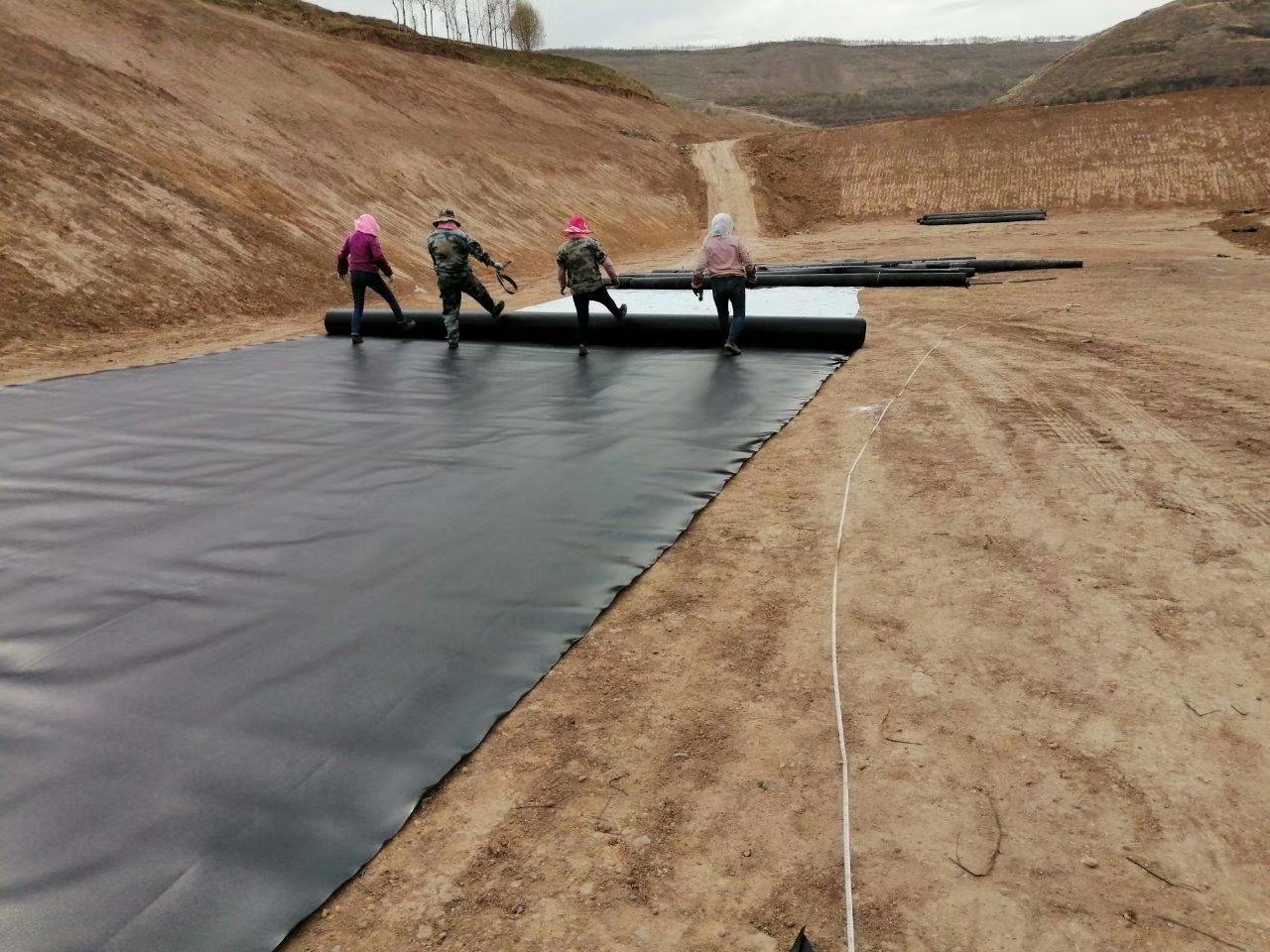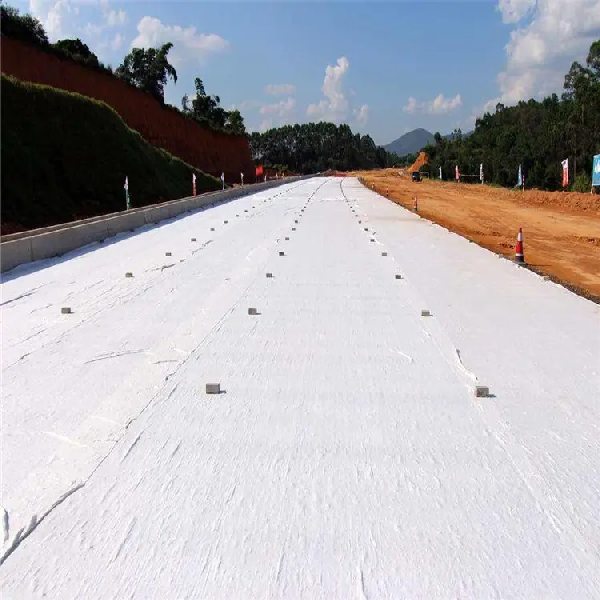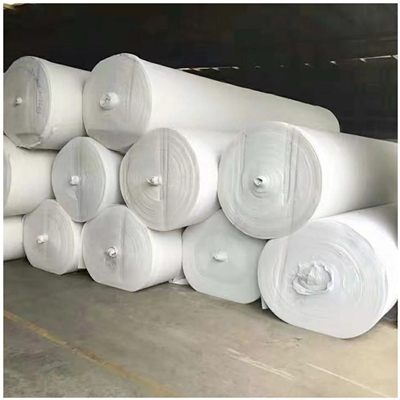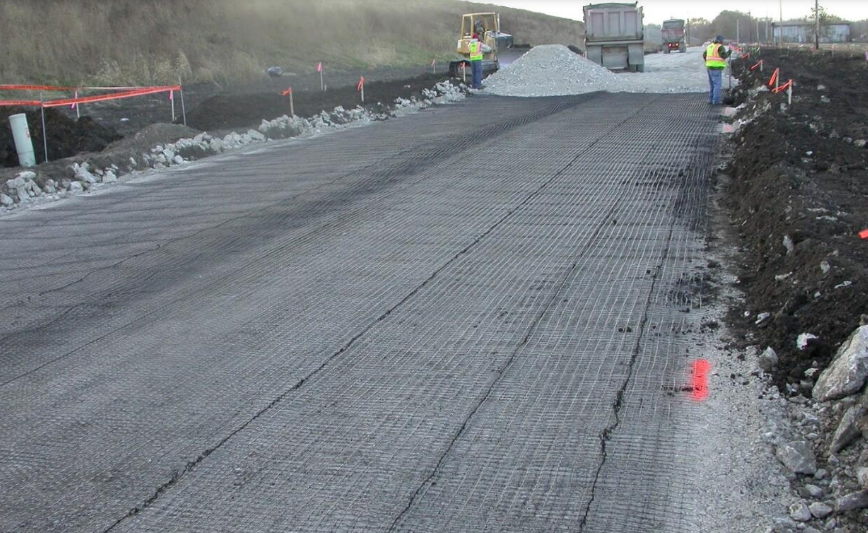How to lay geotextile
1. Use manual rolling; the cloth surface should be smooth and leave appropriate allowance for deformation.
2. The installation of filament or short-filament geotextiles usually uses several methods such as overlapping, sewing and welding. The width of stitching and welding is generally more than 0.1m, and the width of overlap is generally more than 0.2m. Geotextiles that may be exposed for a long time should be welded or stitched.
3. Sewing of geotextiles: All stitching must be done continuously (for example, point stitching is not allowed). Geotextiles must overlap by a minimum of 150mm before overlapping. The minimum stitch distance from the selvedge (the exposed edge of the material) is at least 25mm.
The sewn geotextile seams most include a row of lock chain stitches. The thread used for suturing should be a resin material with a minimum tension of more than 60N, and have chemical corrosion and ultraviolet resistance that is equivalent to or exceeds that of geotextiles. Any “missed stitches” in the sewn geotextile must be re-sewn in the affected area. Appropriate measures must be taken to prevent soil, particulate matter or foreign matter from entering the geotextile layer after installation. The overlap of cloth can be divided into natural overlap, seam or welding according to the terrain and use function.
Taishan Industrial Development Group produces: geomembrane, geomembrane price, HDPE geomembrane, 1.0mm geomembrane price, 1.5mm geomembrane manufacturer, artificial lake geomembrane, slag yard geomembrane, ash dam geomembrane, tailings dam geomembrane, Oxidation pond geomembrane, biogas pool anti-seepage membrane, landfill HDPE geomembrane, garbage dump covering HDPE membrane, black and green two-color geomembrane, garbage dump geomembrane, hdpe geomembrane, artificial lake geomembrane, slag yard geomembrane, Ash dam geomembrane, tailings dam geomembrane, sewage pond anti-seepage membrane, lotus root pond anti-seepage membrane and other geotechnical materials.
Post time: Oct-23-2023





